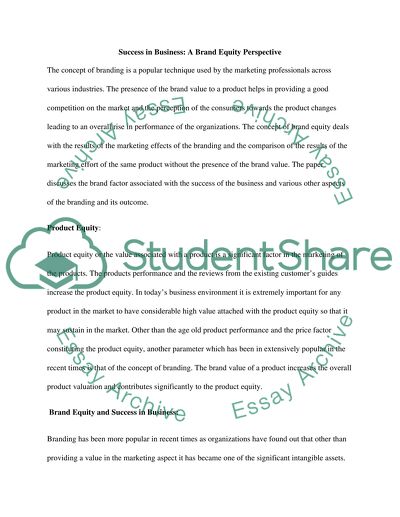Cite this document
(“Success in Business: A Brand Equity Perspective Research Paper”, n.d.)
Retrieved from https://studentshare.org/marketing/1393009-success-in-business-a-brand-equity-perspective
Retrieved from https://studentshare.org/marketing/1393009-success-in-business-a-brand-equity-perspective
(Success in Business: A Brand Equity Perspective Research Paper)
https://studentshare.org/marketing/1393009-success-in-business-a-brand-equity-perspective.
https://studentshare.org/marketing/1393009-success-in-business-a-brand-equity-perspective.
“Success in Business: A Brand Equity Perspective Research Paper”, n.d. https://studentshare.org/marketing/1393009-success-in-business-a-brand-equity-perspective.


